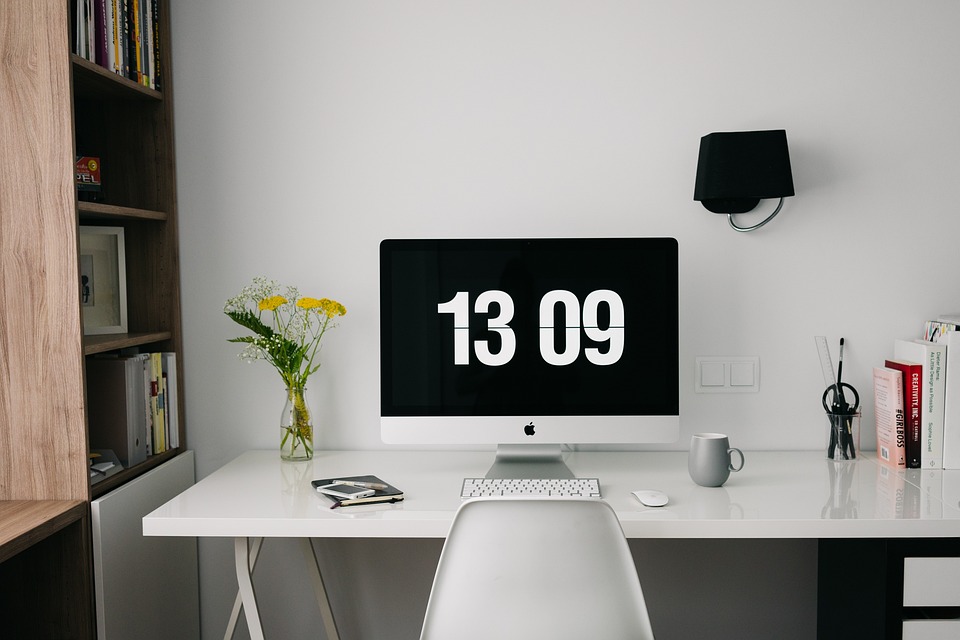If you are a homeowner, you’ve probably tackled a few do-it-yourself tasks around your property. Things like replacing shutters, adding new fixtures or painting. You might have found these jobs fairly easy or you might have found a need to call in an expert. Either way you needed to do your research to make a responsible decision. It might sound very straight forward but dealing with paint and stain products requires a little finesse. There are a few things you should know that will help you avoid hardships and frustration down the line.
1. Know the basics about paint and stain – This is a big one. Know how to prep your walls or floors and what products you should be using especially if you are planning a project for an outside space. The exterior paint on the deck or porch of your house are an extension of the inside of your home and should be treated with just as much care. Also be aware of prevailing temperatures when you are planning to use paint and stain as they can affect the outcome of all of that hard work.
2. Know how to do the small repairs – This means how to remove, replace and repair rotted wood. Proper application of interior paint can mean replacing or repairing small sections of dry wall. Just painting or staining over blemishes will not hide the mistakes so much as highlight them.
3. Know your tools – Paint brushes, sand paper, caulk, painters tape, wire brushes, rollers etc. Know what you need before you start your job so that you don’t have to stop and delay things to get what you need or figure out a way around it. Make sure you understand which kind of paint is appropriate for your project. For example, in order to refinish a wood door, you may need to use a heat gun for removal of old latex paint and then use paint stain to refinish it. Your local hardware store should be able to supply everything you need to finish your project properly.
4. Learn some new techniques – Stain blocking deals with painting or staining over water spots or other spots that cannot be easily washed off. Just painting or staining over them will cover them for now but eventually these are going to bleed through. Knowing how to deal with this will help you to make the best use of your paint and stain.
5. Know how to cover hard-to-cover color – This is done with extra coats of paint or with different products.
The moral here is that even products like paint and stain are not as straightforward as most people think. Knowing your products and options, as well as you know the job you are working on, will help you create a space, inside or outside, that you can be proud of.





More Stories
Boral Trutexterior The Ultimate Guide to Home Makeovers
Painting Business Marketing Tips and Ideas
Choosing a House Painter in Norcross